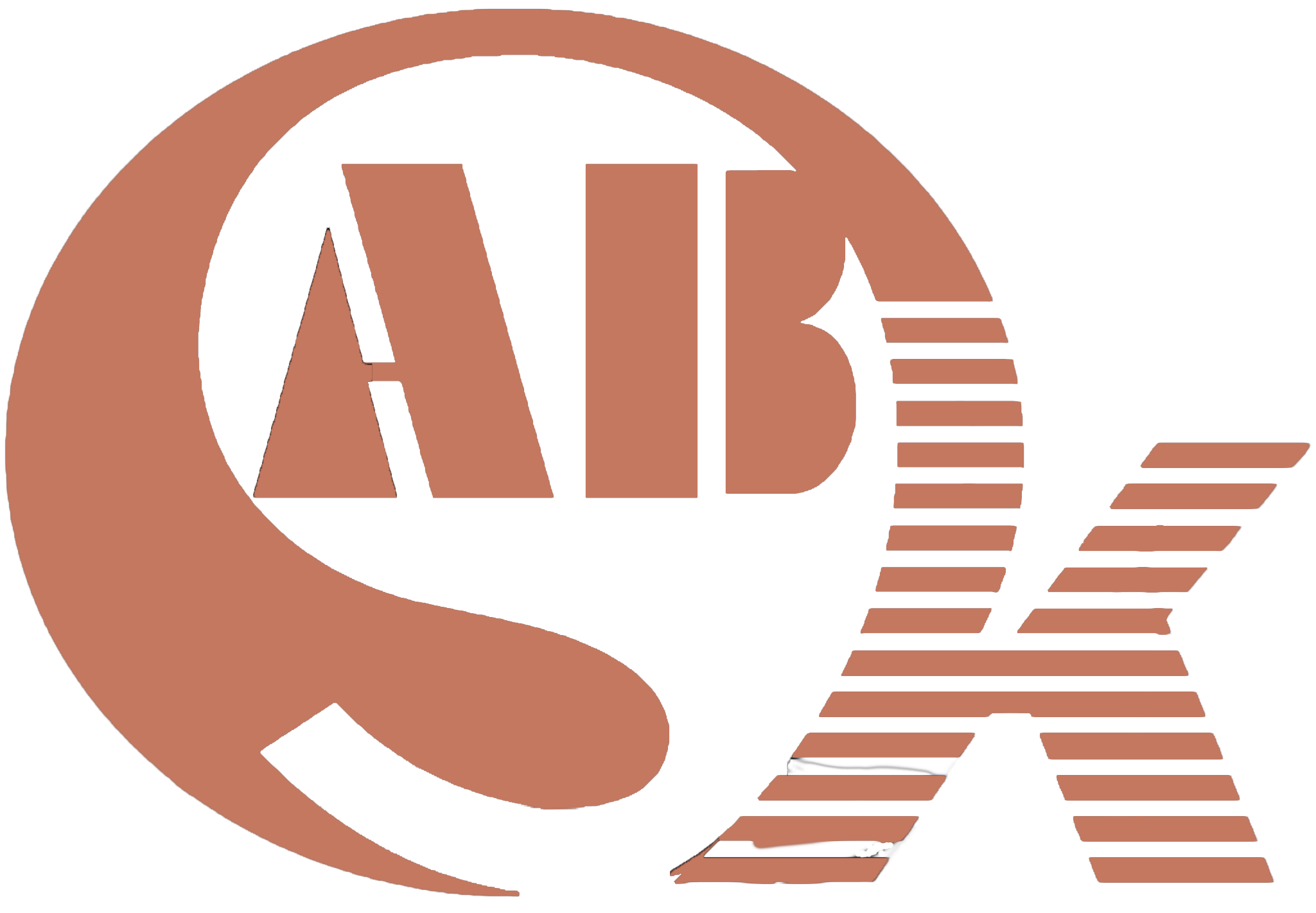Transforming Industries: Diverse Welding Automation Applications
Welding automation has evolved into a versatile and indispensable technology with a myriad of applications across various industries. From automotive manufacturing to aerospace and beyond, this article delves into the diverse welding automation applications that have transformed the landscape of modern production processes. Discover how this technology is driving efficiency, precision, and safety in multiple sectors.
Automotive Manufacturing: Precision Welds for Modern Vehicles
The automotive industry is a prime example of welding automation applications at their best. Modern vehicles are not only expected to be fuel-efficient and stylish but also incredibly safe. To meet these demands, automotive manufacturers have turned to welding automation for its precision and consistency in producing high-strength, reliable welds.
Welding robots equipped with advanced sensors can weld intricate joints in chassis and body components with pinpoint accuracy. The result is a vehicle that not only looks good but also boasts superior structural integrity. This application of welding automation ensures that each car that rolls off the assembly line meets stringent safety and quality standards.
Aerospace Industry: Precision Where It Matters Most
When it comes to the aerospace industry, precision welding is a matter of life and death. Aircraft and spacecraft components must be joined with the utmost accuracy to ensure the safety of passengers and crew. Welding automation is the go-to solution for creating precise and reliable welds in the manufacturing of critical aerospace components.
Welding robots in the aerospace sector can handle intricate geometries and lightweight materials, producing welds that meet the most stringent quality standards. Automation guarantees the structural integrity of vital components, making air travel safer and more reliable.
Heavy Machinery and Equipment: Rugged and Reliable Welds
Manufacturers of heavy machinery and equipment require robust and durable welds to ensure the longevity and safety of their products. These machines are often subjected to harsh conditions, which place a premium on the quality and consistency of the welds.
Welding automation, in this context, is instrumental in delivering rugged and reliable welds. The technology ensures that welds can withstand heavy usage without compromising safety or quality, making it an indispensable tool for manufacturers in this sector.
Energy Sector: Reliable Infrastructure and Safe Pipelines
The energy sector, responsible for the construction and maintenance of critical infrastructure, relies heavily on welding automation. Pipelines and power generation equipment must withstand extreme conditions and time. The reliability of welds is essential to prevent leaks and failures, making automation an invaluable tool in this field.
Automated welding solutions ensure that every weld meets strict quality standards, guaranteeing the integrity of energy infrastructure. As a result, pipelines remain secure, and power generation equipment operates with maximum efficiency.
Shipbuilding: Complex Structures on a Massive Scale
Shipbuilders face the unique challenge of creating large, complex structures designed to withstand the rigors of the open sea. Welding automation has proven invaluable in meeting this challenge by ensuring precision, consistency, and speed.
Automation systems in shipbuilding can work on a grand scale while maintaining weld quality and accuracy. The application of welding automation in this sector ensures that vessels are not only robust but also safe and seaworthy.
Attracting Interest in Welding Automation Applications
To engage readers and attract their interest in welding automation applications, consider these strategies:
- Real-World Examples: Share success stories and case studies from each industry that highlight how welding automation has led to remarkable improvements in efficiency, quality, and safety.
- Visual Content: Incorporate images, videos, and infographics that showcase welding automation in action. Visual aids can engage readers and provide a better understanding of the technology’s applications.
- Expert Insights: Include quotes or interviews with experts in the field of welding automation and in each industry discussed. Expert opinions can add credibility to the content and appeal to those seeking authoritative information.
- Challenges and Solutions: Discuss the challenges each industry faced before implementing welding automation and how this technology provided solutions. Readers appreciate a thorough understanding of the context.
- Future Prospects: Explore the potential for further advancements in welding automation technology. Addressing the evolution of this field can create a sense of excitement and anticipation.
In conclusion, welding automation applications have transformed a wide array of industries, enhancing productivity, precision, and safety. This technology has become an essential component of modern manufacturing processes, making it a topic of great interest and relevance. By presenting real-world examples and expert insights, this article aims to showcase the wide-ranging impact of industrial welding automation, appealing to readers seeking to understand its vast applications and benefits.
